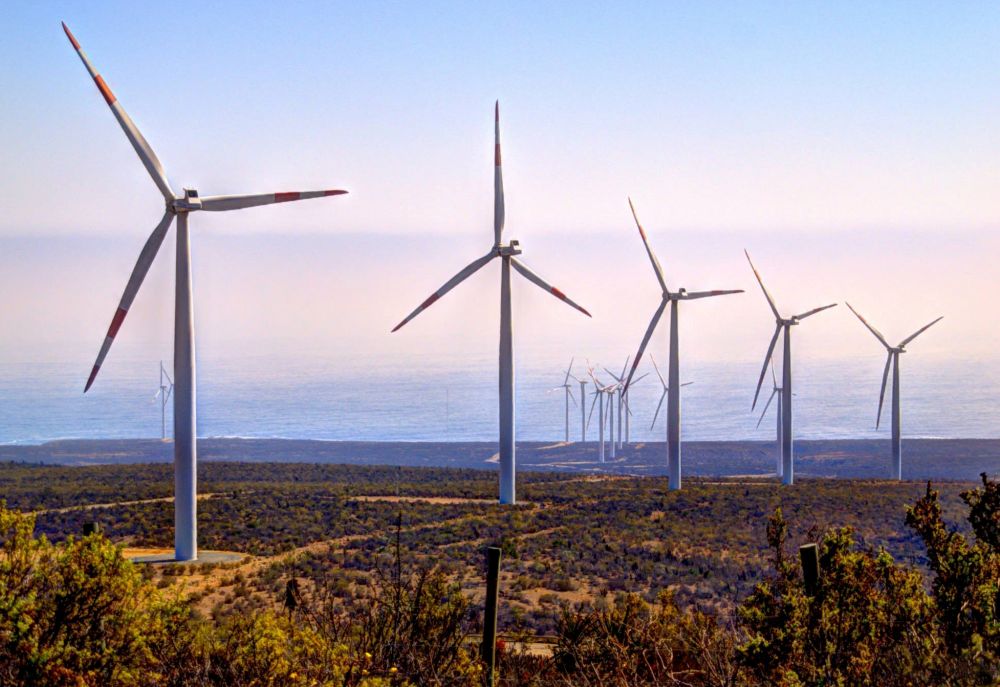Latin America’s transition to renewables
Latin America has seen significant investment in renewable energy in recent years, most notably in hydropower but the tide is now turning in favour of other renewable sources including wind and solar – according to new IRENA report

Latin America has seen significant investment in renewable energy in recent years, most notably in hydropower but the tide is now turning in favour of other renewable sources including wind and solar – according to new IRENA report.
The report, “Renewable Energy Market Analysis: Latin America”, highlights Latin America’s progress in the transition to renewables and details the region’s emerging trends and valuable insights for other countries.
Henning Wuester, Director of IRENA’s Knowledge, Policy, and Finance Centre, said: “Latin America has seen significant investment in renewables. With close to two million people employed regionally in the sector and increasing degrees of local manufacturing, the socio-economic benefits are being felt.”
He went on to say: “Rapid cost reductions, maturing renewable energy technologies and the consolidation of renewable energy policies – in a region endowed with some of the world’s best renewable resources – have offered an unprecedented opportunity to accelerate the uptake of renewables across all sectors.”
Hydropower dominates the renewable capacity mix in Latin America, but this dominance is beginning to shift – declining from 95 per cent at the beginning of the century to 83 per cent today.
The report points to the rapid growth of other renewable sectors causing this decline.
Between 2006 and 2015, non-hydropower renewable capacity more than tripled, with investors opting for wind and solar – IRENA said.
The wind sector in particular has seen rapid growth, with over 2.7 gigawatts (GW) being commissioned in Brazil in 2015, three times more than in 2013 – Wuester said.
Adnan Z. Amin, Director-General of IRENA, said: “For countries with high shares of hydropower, investment in non-hydropower renewables promises valuable complementarities – climatic, technical and economic – and greater power system reliability.”
Wuester added: “If leveraged, these synergies can improve the economic performance and reliability of power systems, and provide market entry opportunities for new, smaller players.”
According to the analysis, the energy security benefits associated with renewables can reduce the adverse economic effects of price volatility and the risk of supply disruptions.
However, in order to create an enabling environment for the growth of renewables, the right policies must be in place.
At present, over 300 policies have been introduced in the region to promote the uptake of renewables.
Countries with the highest renewable investment include Brazil, Chile, Mexico, and Uruguay – according to the report.
The role of national public financial institutions have crucial in supporting renewable energy investments in Latin America, with at least 14 nations establishing renewable energy public funds and several others introducing currency hedging mechanisms or guarantees to mitigate investment risks.
That being said, technical assistance and project development funding schemes still have an important role to play in ensuring bankable project pipelines in order to support project planning –the report notes.
IRENA’s previous report, “Renewable Energy Benefits: Measuring the Economics” stated that scaling up renewable energy deployment could raise the GDP of countries like Brazil and Mexico by more than 1 per cent in 2030 – if renewable energy targets, supported but strong policies and a broad enabling framework, are in place.
For the latest news on renewables, sustainability and climate change, sign up to our free newsletter here.


